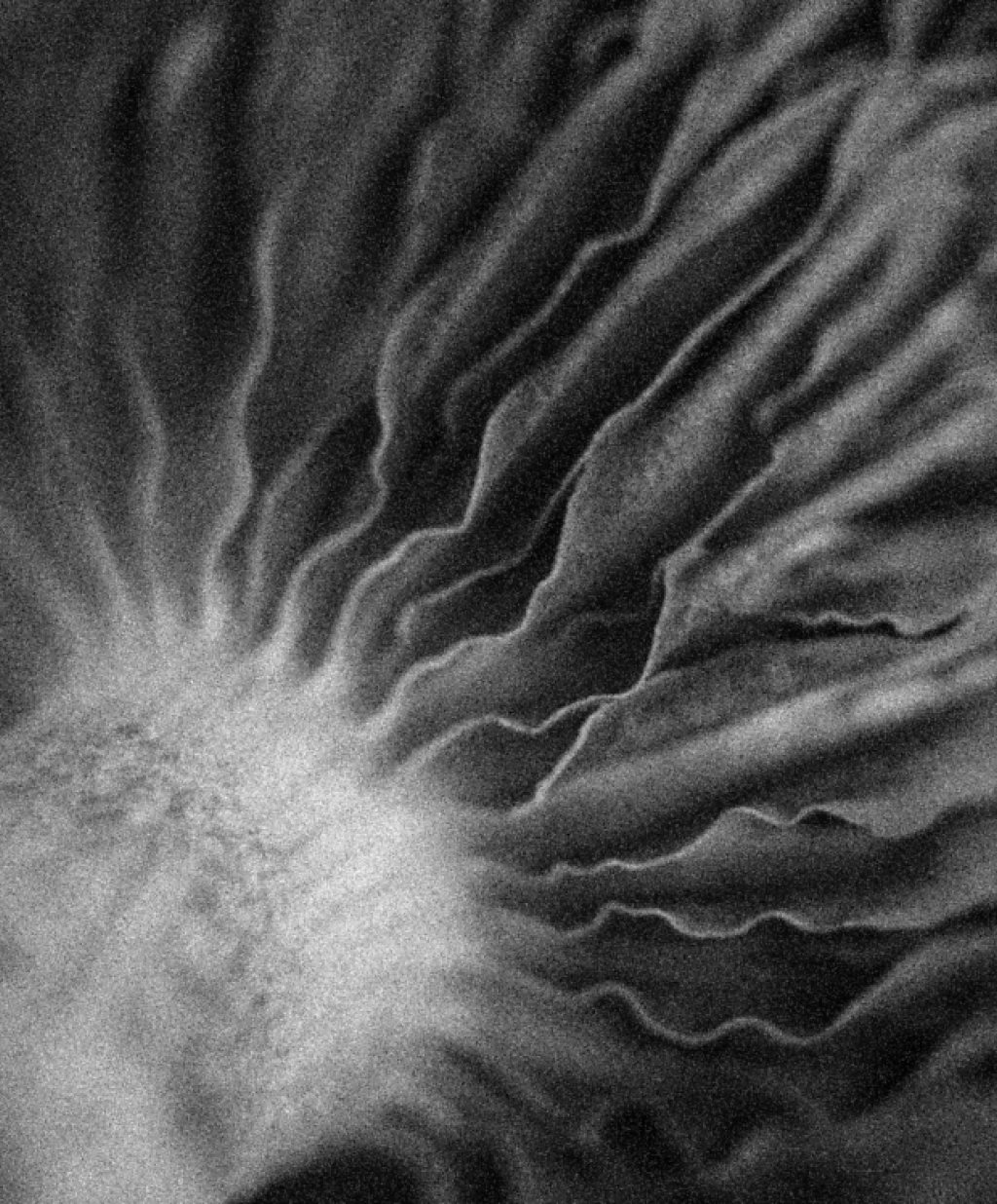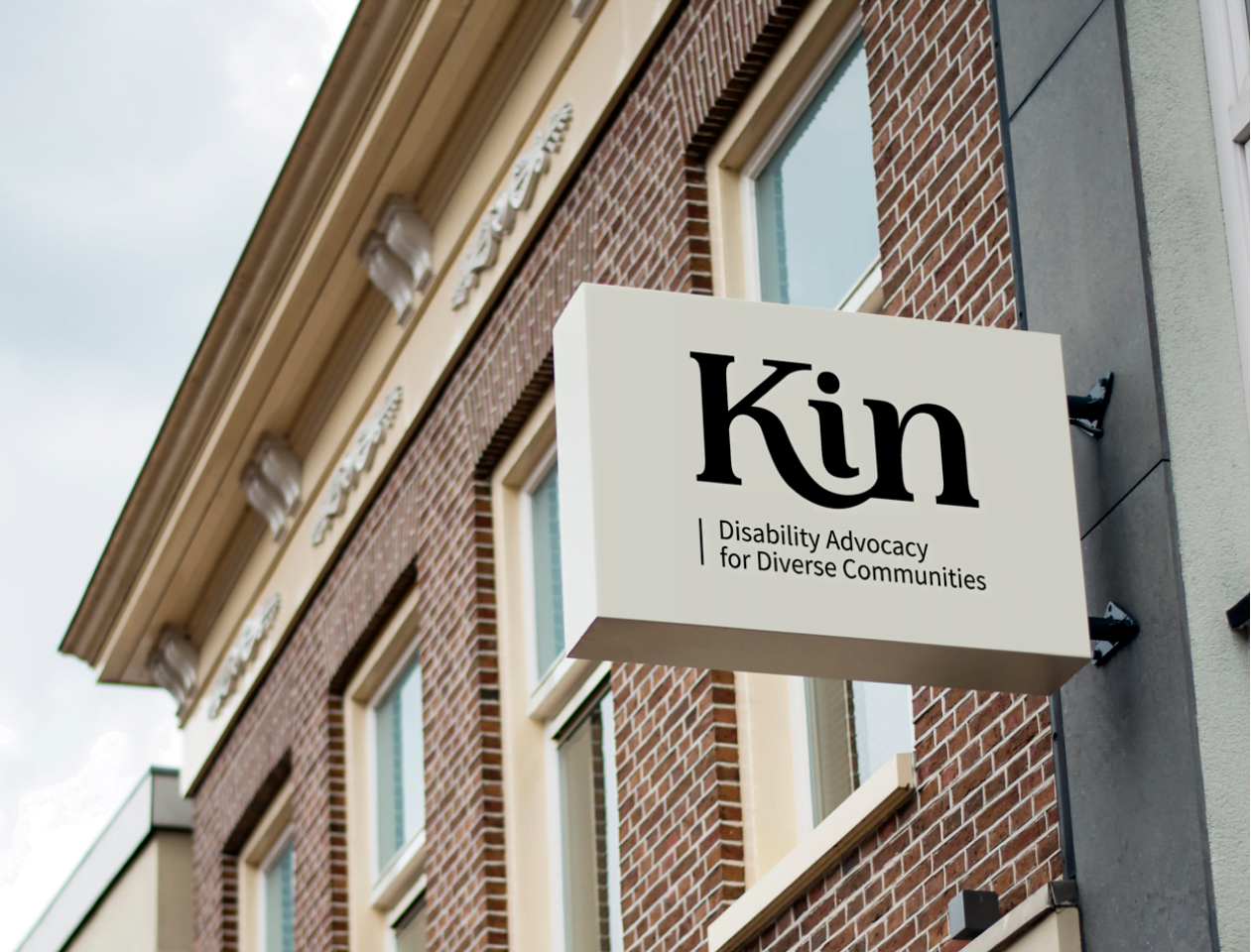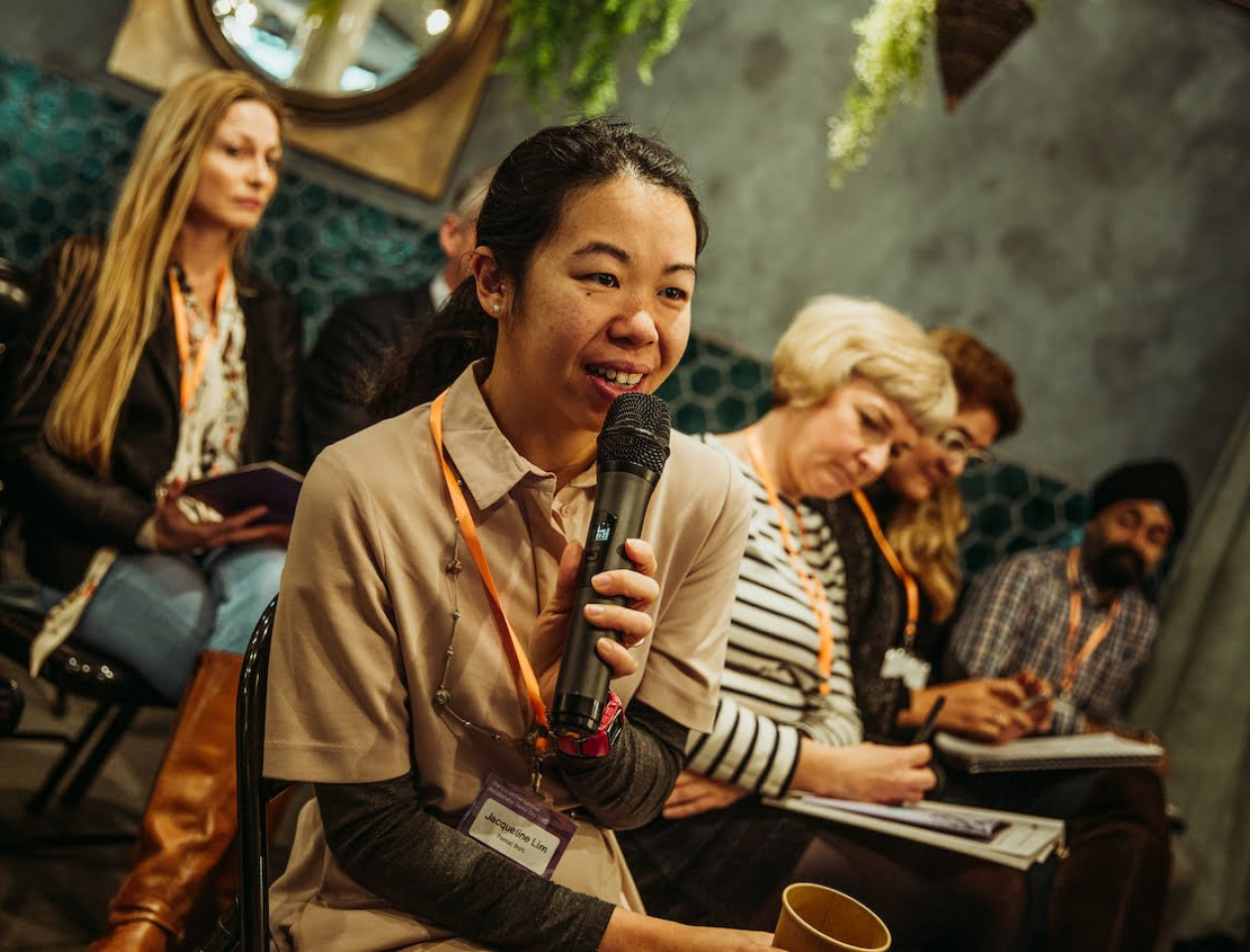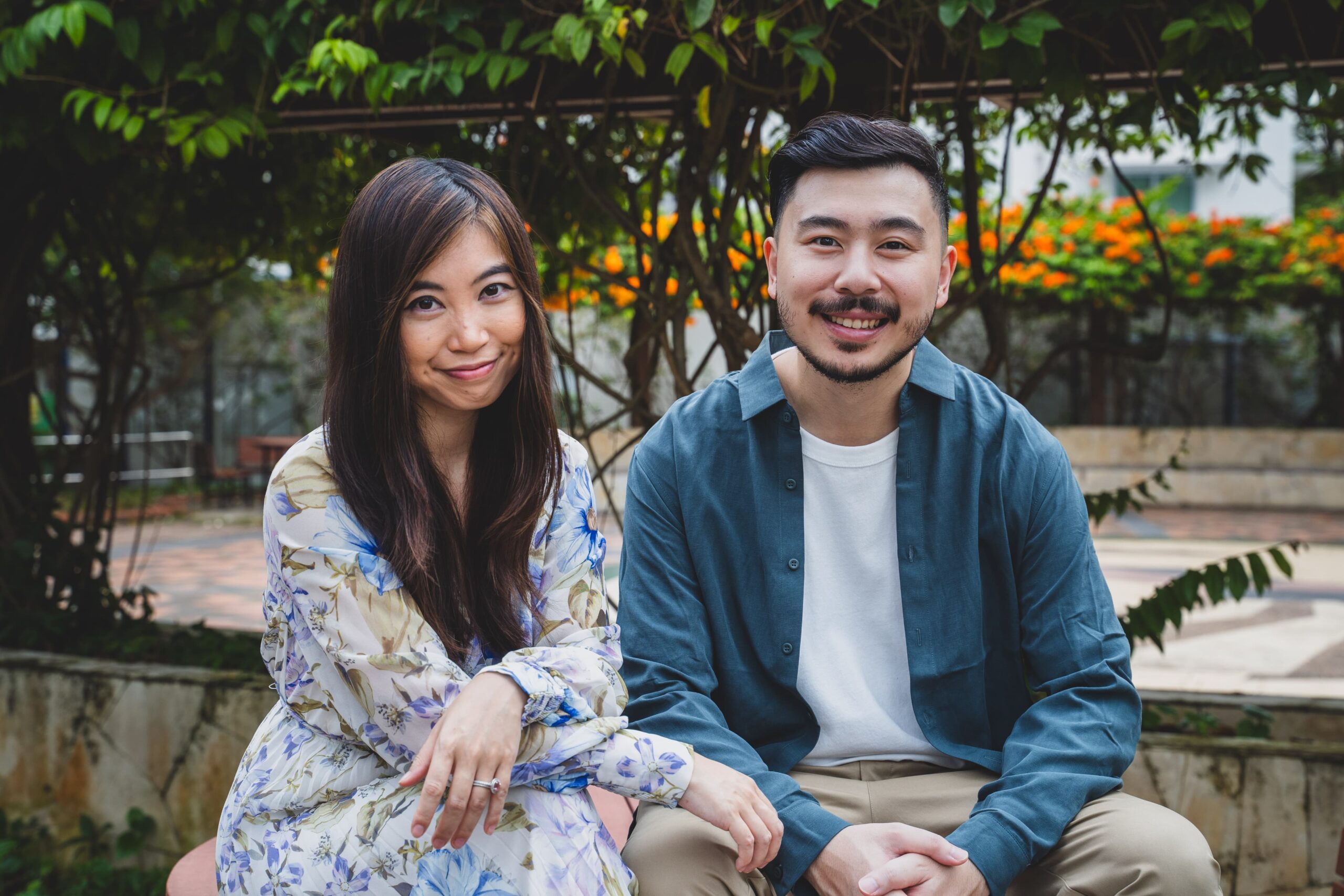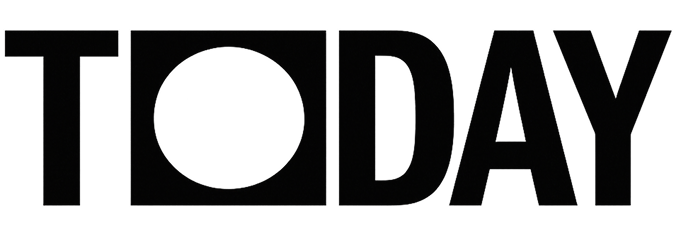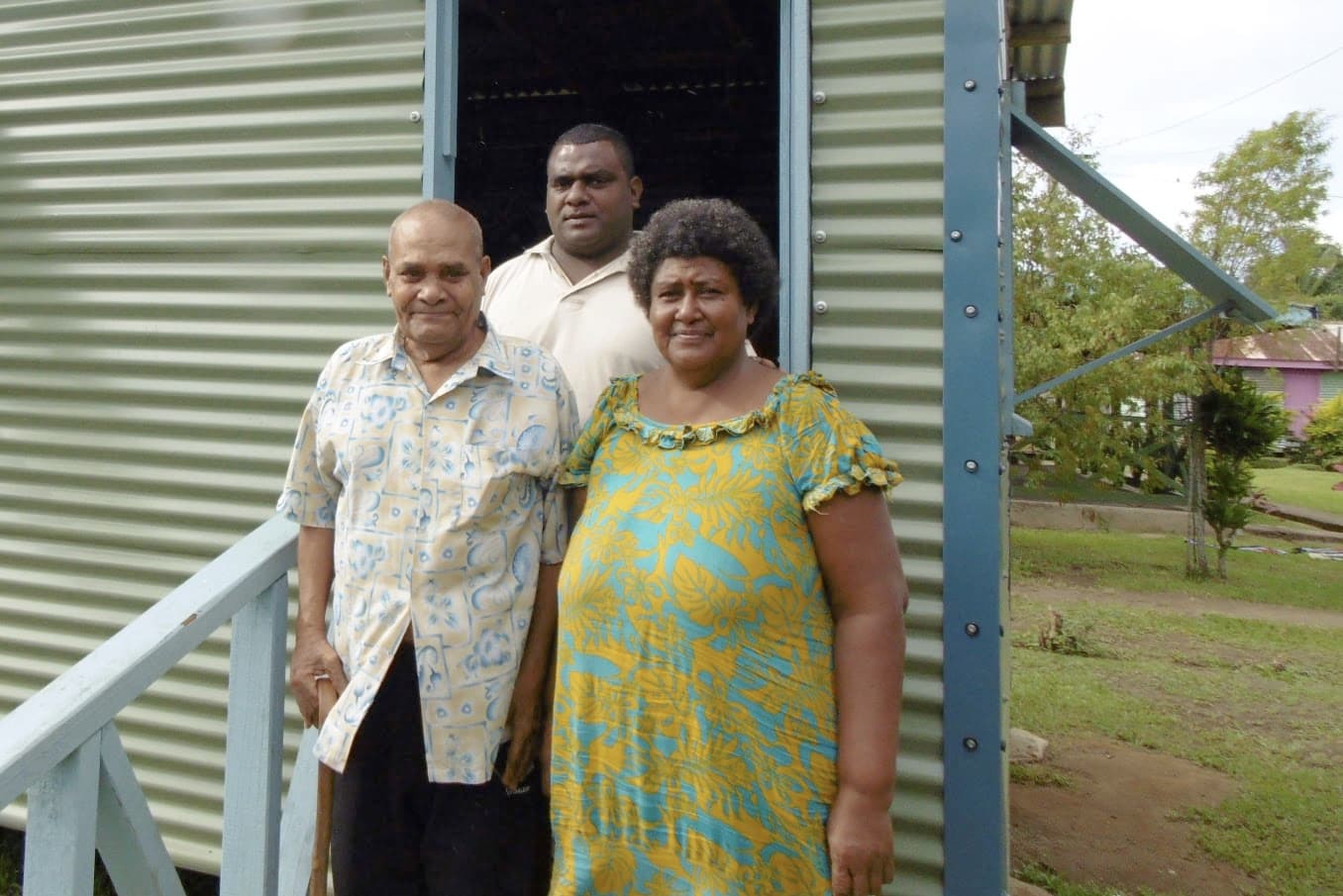
A CAPACITY-BUILDING HANDBOOK
As a result of the ‘Stand Strong’ project, Habitat for Humanity was faced with the decision of how to best present their recommendations and research to local communities and other NGOs and stakeholders within their Shelter cluster*. HFH was aware that these groups were often hesitant to engage with academic papers. There is a community perception that these papers are often written by people very removed from the everyday situation, and as such they’re dismissed on the grounds that they often miss the nuanced lived experiences of Fijians.
In order to succeed in their mission to assist communities in more appropriate and affordable (re) construction efforts, HFH knew this information needed to be communicated in a relatable and accessible way for those that were going to drive this change, people on the ground and living in local communities.
*The Global Shelter Cluster (GSC) is an Inter-Agency Standing Committee (IASC) coordination mechanism that supports people affected by natural disasters, and enables better coordination among all shelter actors, including local and national governments, so that people who need shelter assistance get help faster and receive the right kind of support.
Consultations with Fijian communities
Habitat for Humanity’s ‘Stand Strong’ project improves the level of resilience of Fijian communities to disasters through improved shelter conditions.
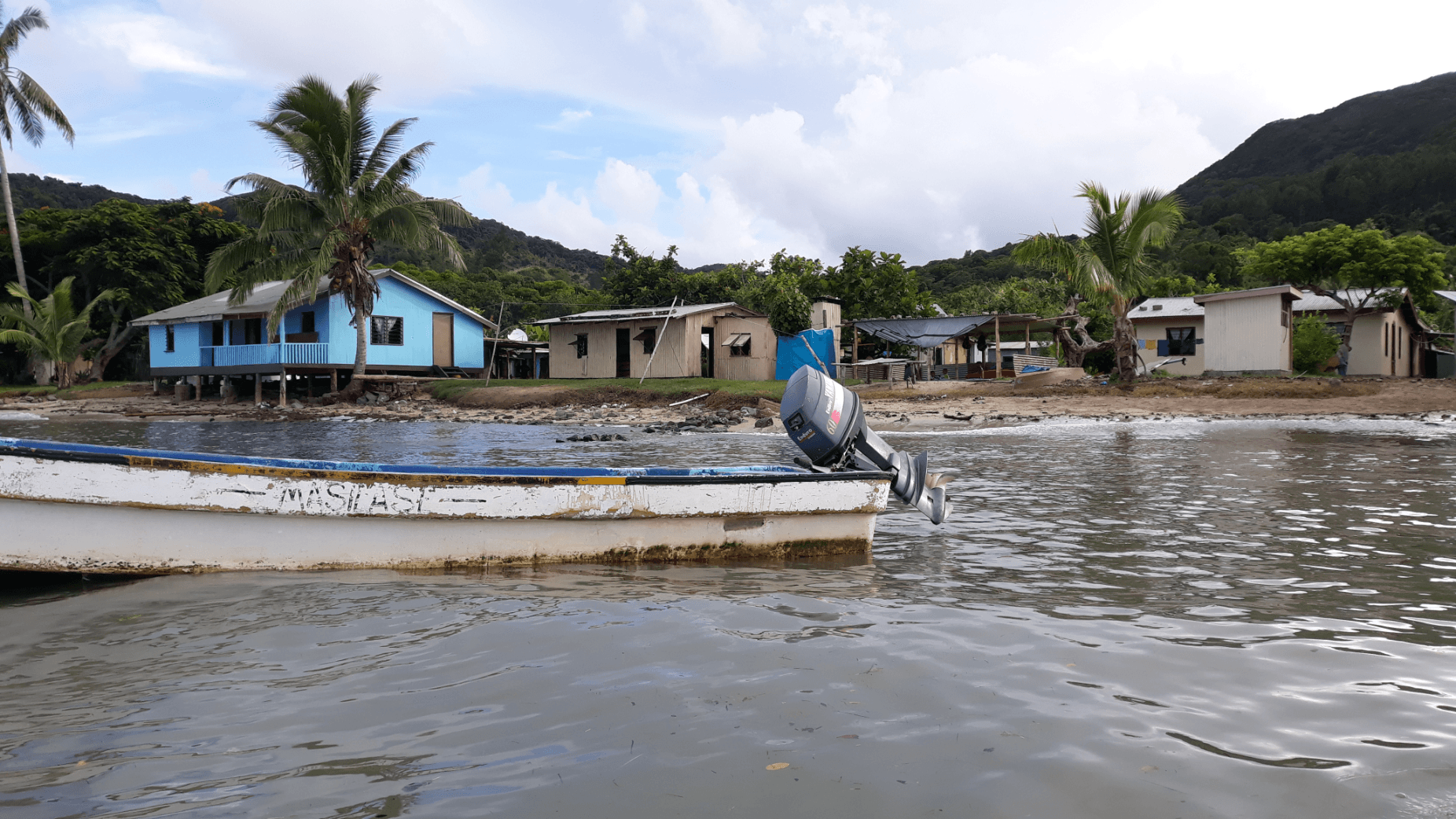
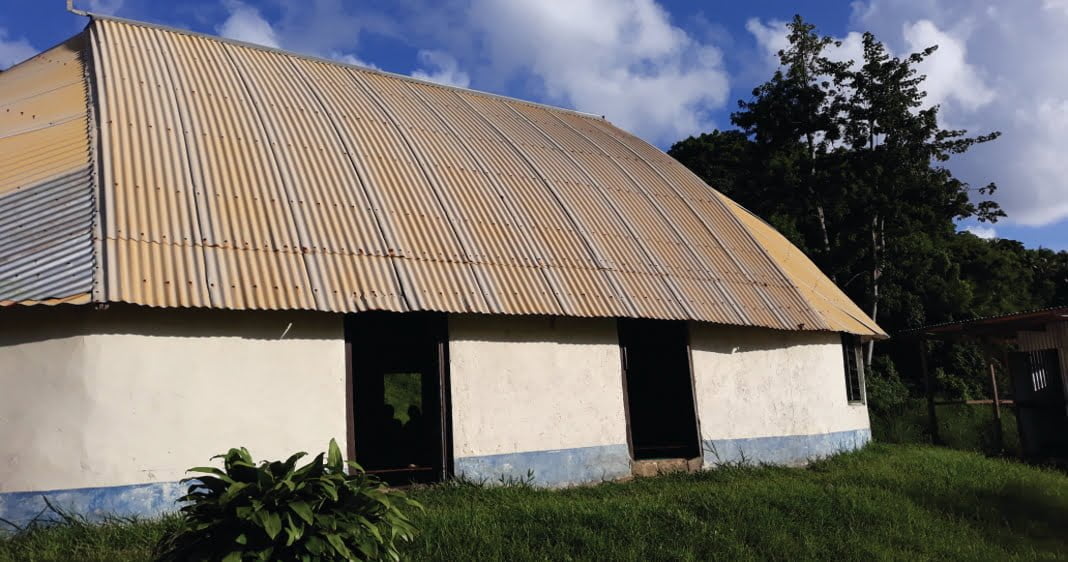
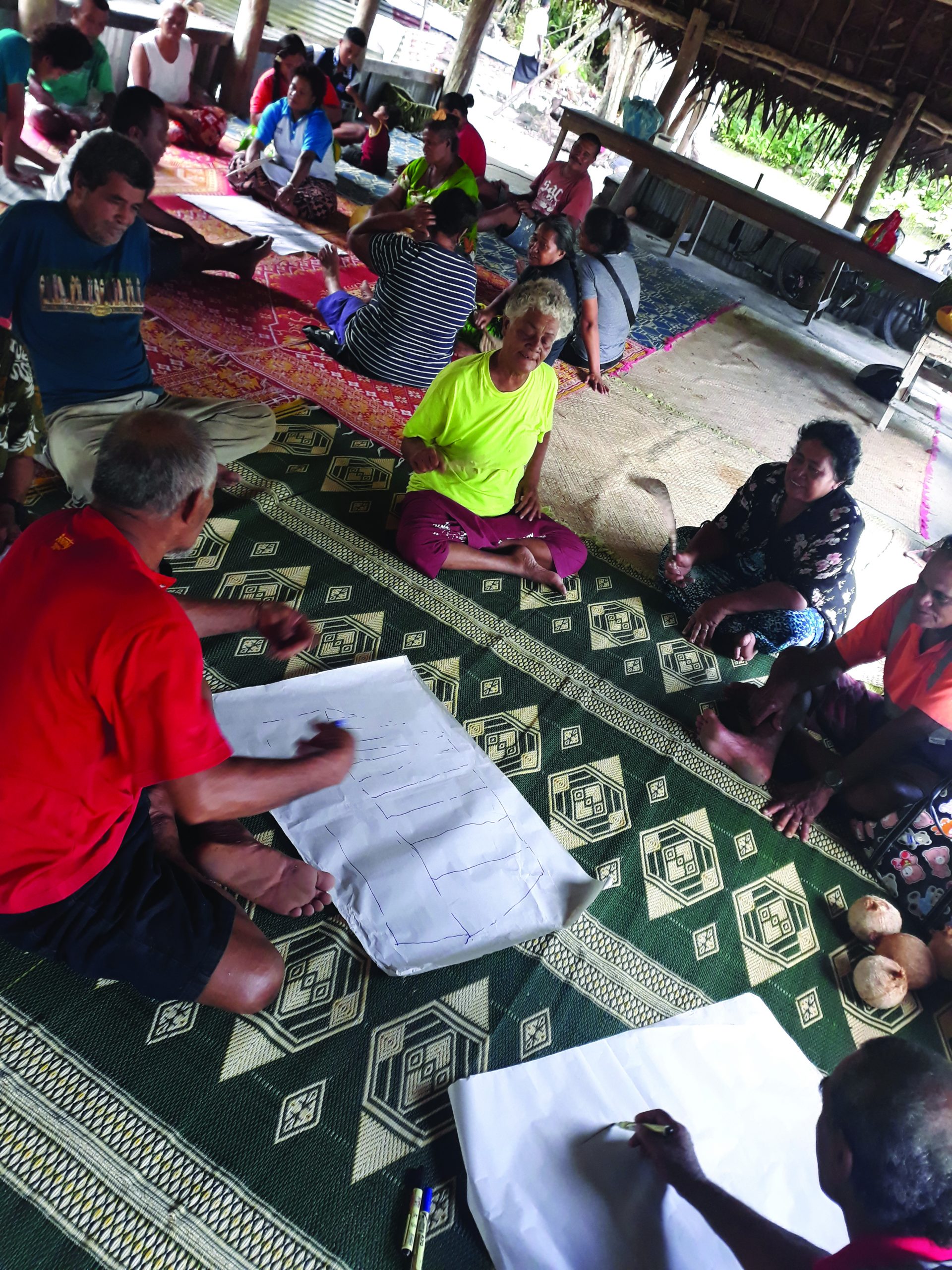

DATA MEETS DESIGN
In tackling the design of the HFH publication, DrawHistory were conscious that the design should support the Fijian people in feeling a sense of ownership over the publication. HFH’s research team consulted 27 communities from 7 provinces, engaging a total of 629 respondents of which one third were women and 16 were people living with disability. Taking this into consideration we aimed to develop a design that was true to the collaborative and consultative approach that HFH had taken with the research.
The visual design of the publication considered local landscape colours, natural textures, and highlighted photographs taken from the islands. Parts of the publication are also written in Fijian, including quotes from locals, translations of text, and local names for a variety of trees and timbers. Additionally, a glossary is also provided. These measures are to ensure the publication is easily accessible by both the Fijians and workers in the Shelter Cluster.
The project’s resulting publication, the result of consultations with 27 communities across 6 provinces, highlights the challenges remote communities face in all stages of construction, but importantly shines a light on the existing capacities and locally-identified solutions to these challenges. Through this publication, designed by DrawHistory, HFH Fiji hopes to assist remote communities in driving affordable and appropriate (re) construction efforts to build resilient homes for all.
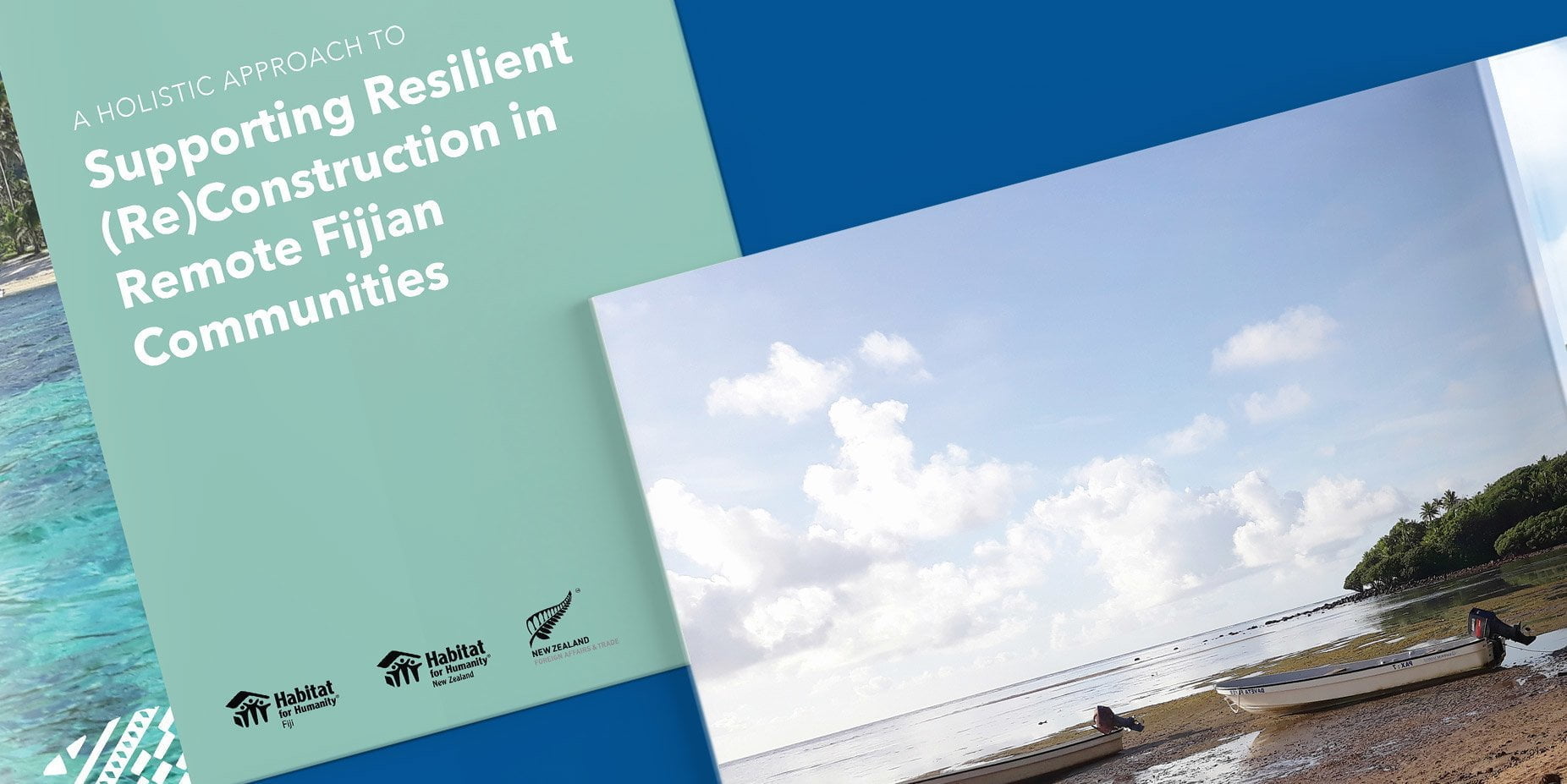
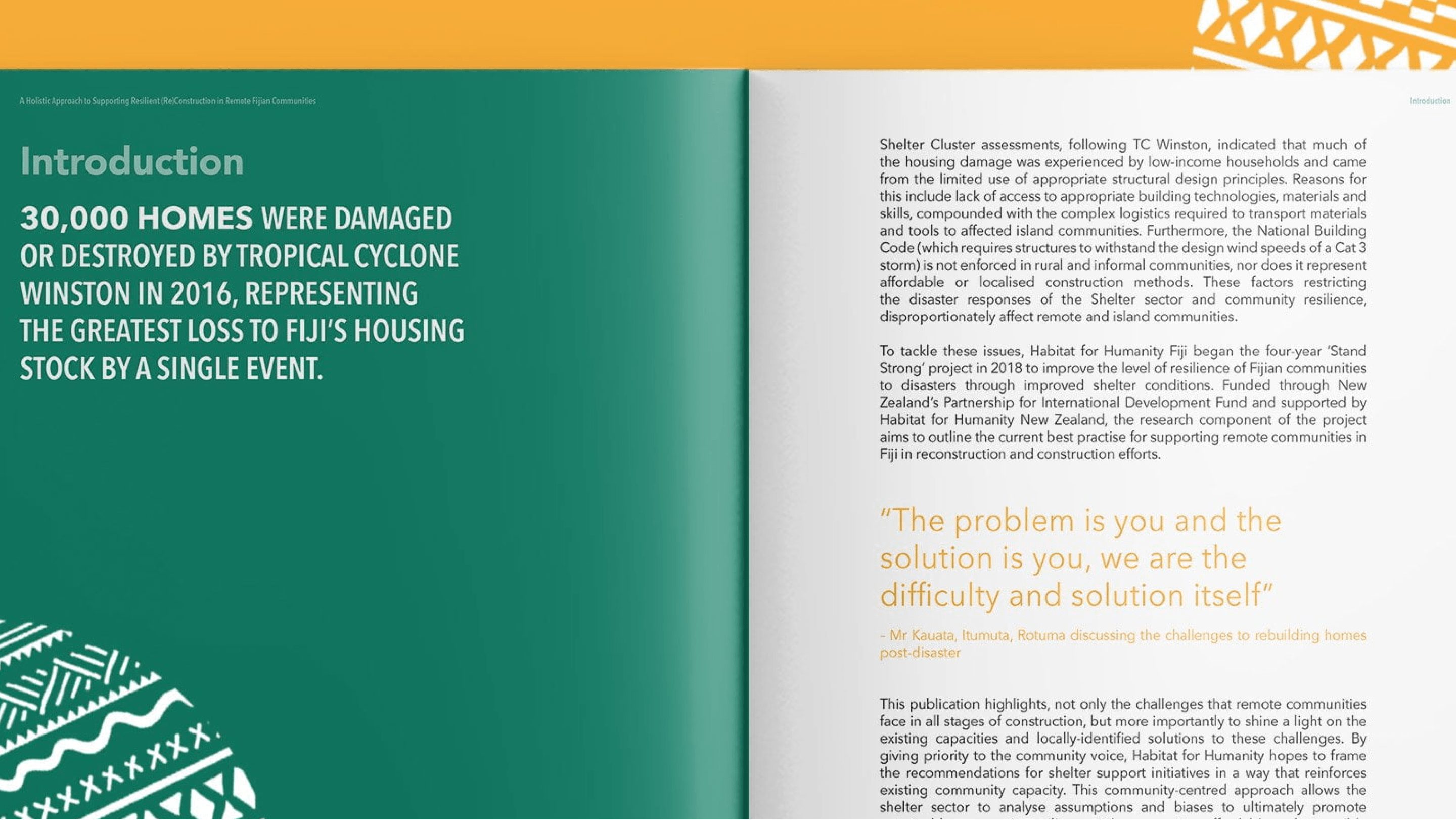
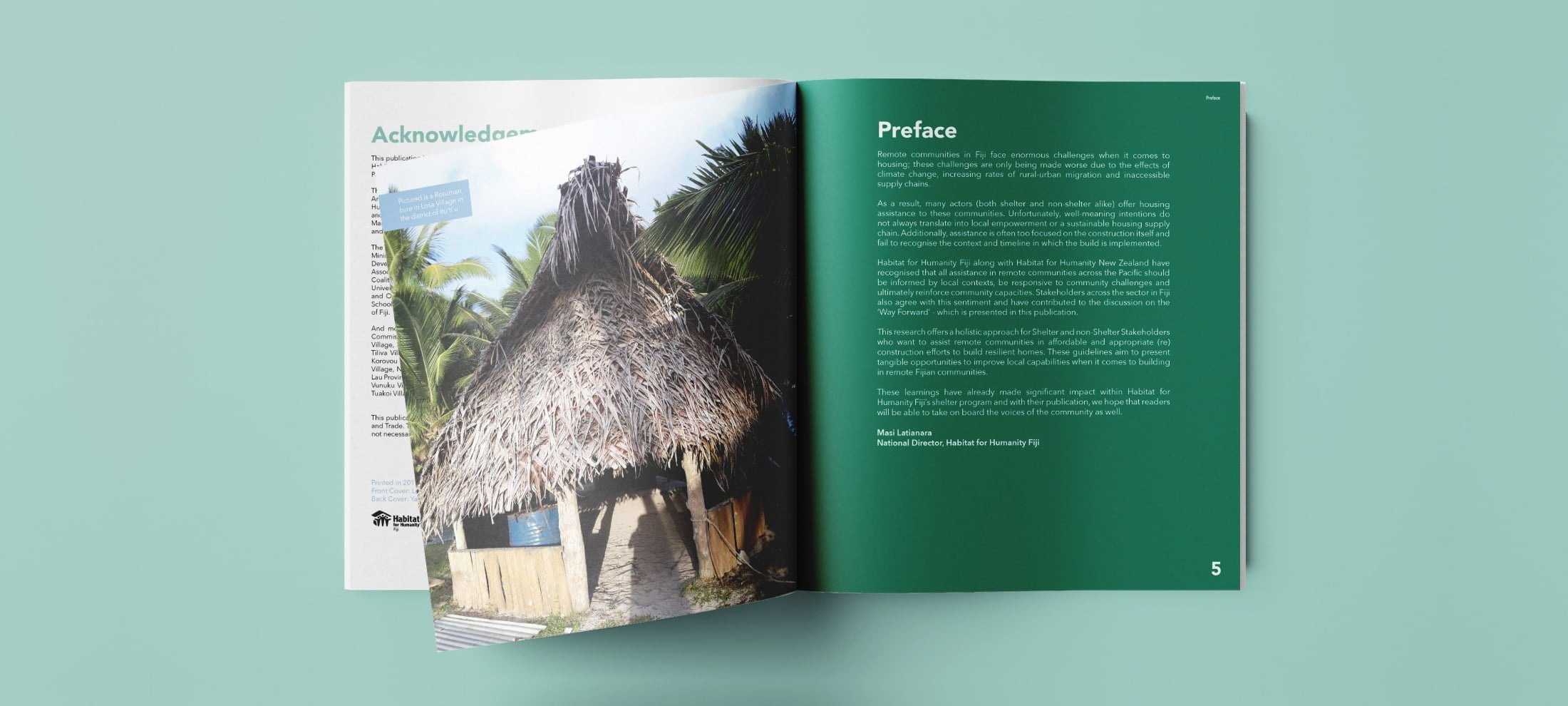
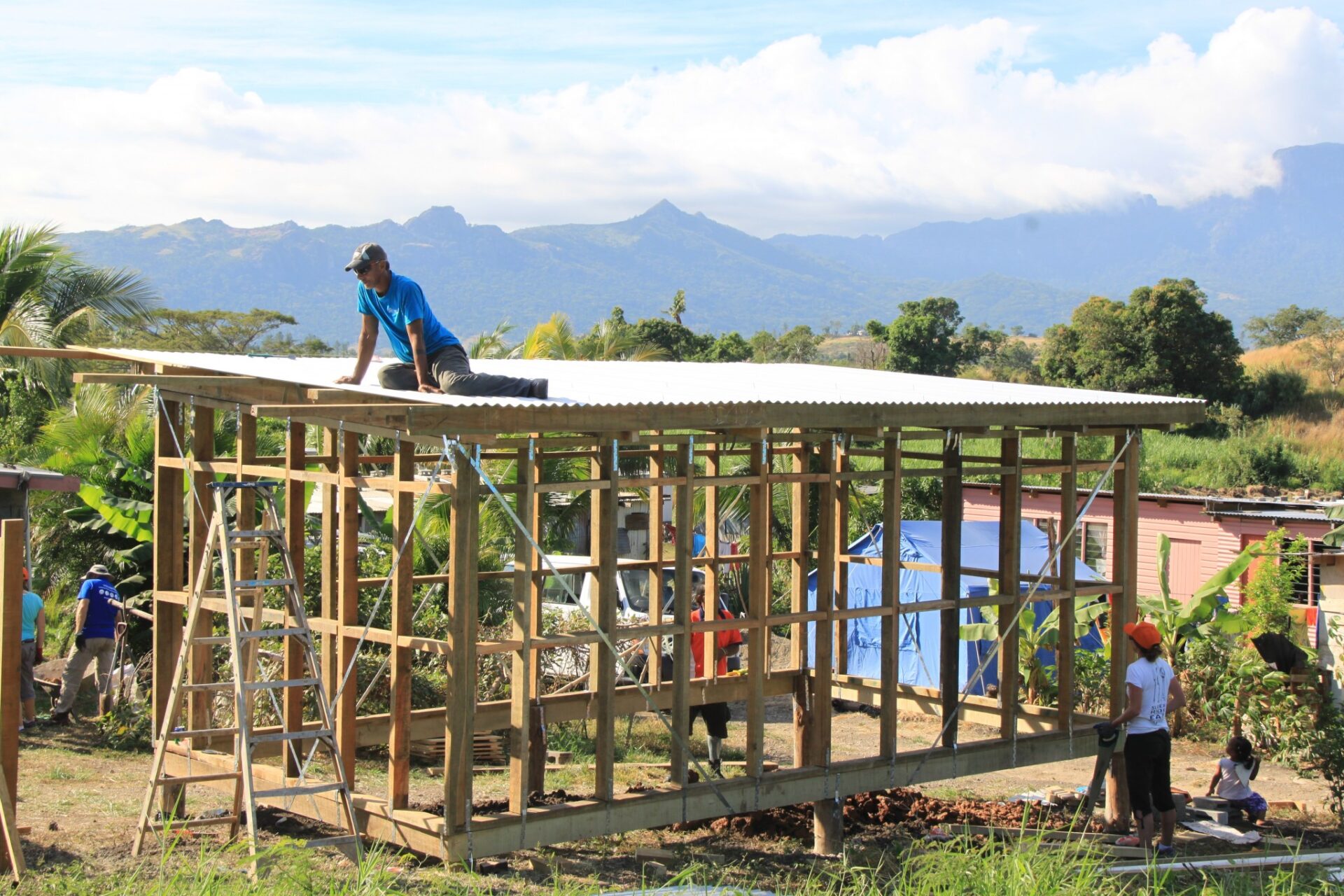
REWRITING THE POWER DYNAMICS
HFH also set out to empower Fijian’s to make their own choices on the (re)construction efforts; to learn how to build in more sustainable ways and to lead the change themselves. It was important in the development of this publication that we take into consideration the sensitivities of these existing dynamics, which would often see unsustainable disaster relief efforts carried out by foreign nations and organization, and whilst given with the most genuine of intentions, be misguided in their effectiveness.
This publication has managed to publish intangible stories and building techniques that are generations old, documenting them to prevent their loss and to ensure they can be read and understood by future generations of people providing aid.
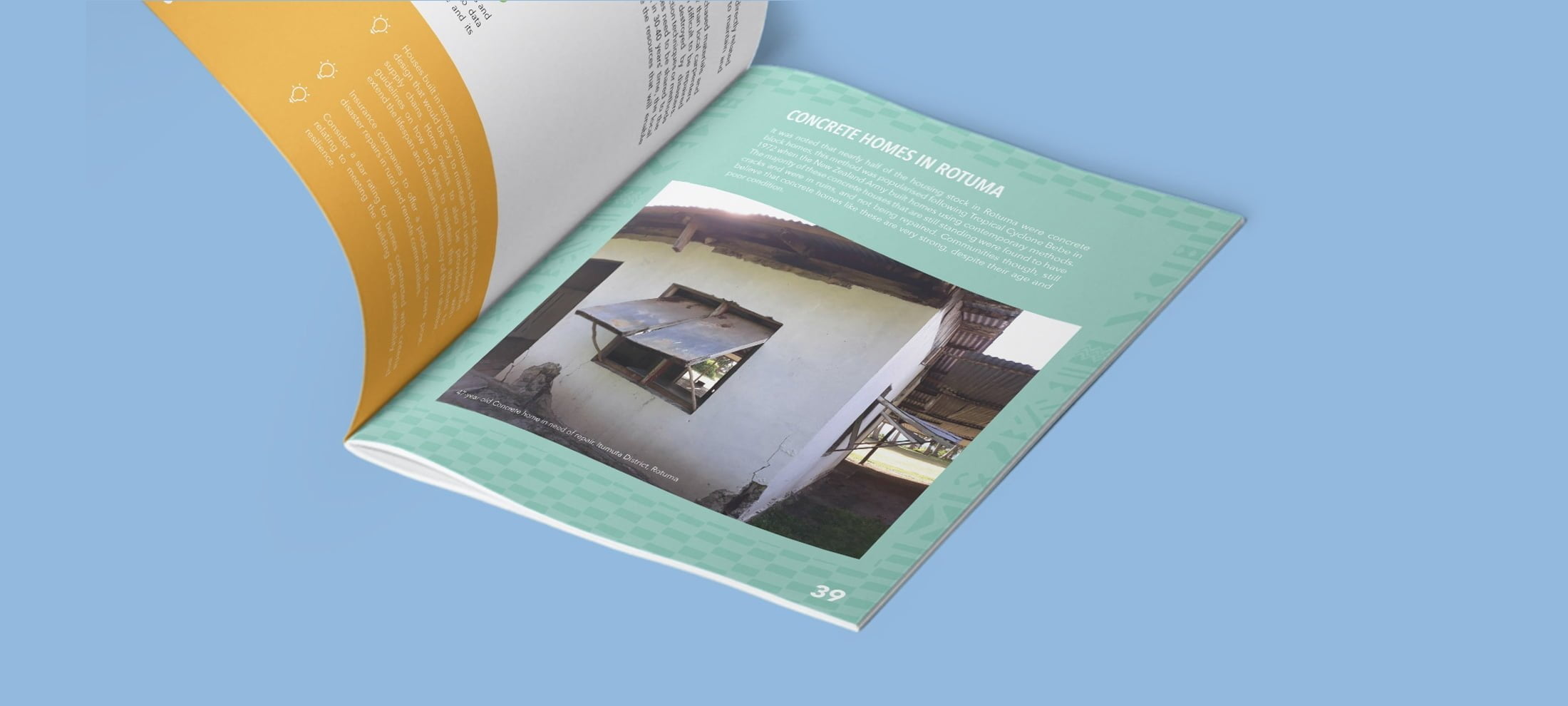

IMPACT ON THE GROUND
Since the HFH’s report has been published over 150 copies have been given to stakeholders, including NGOs, community organizations, focus groups, other groups in the Shelter cluster, and the Fiji Museum. These are organizations on the ground working with local villages to improve the (re)construction efforts.
While it might take a while to see the effects of the recommendations, the publication has effectively reduced the permanent loss of generations-worth of building techniques and skills through their documentation for future community use. There is hope that this publication has planted the seed for conversations around sustainable (re)construction building efforts to grow and flourish in Fiji for years to come.
Project credits
Jeffrey Effendi
Angel Chen
Dalina Dominguez
Kate Shelton
“Thanks is not enough for all the help you’ve given us over the past months. Considerate and helpful companies like DrawHistory are just not plentiful enough in this day. Our publication is an inspirational one, all thanks to your innovative and dynamic team. Keep up the great work!”
